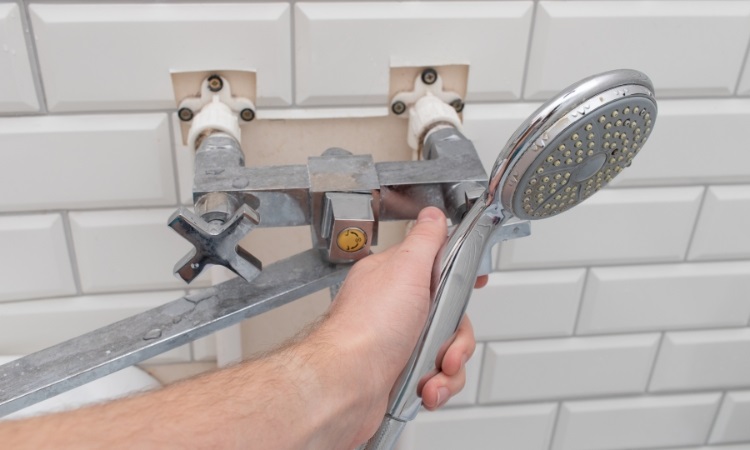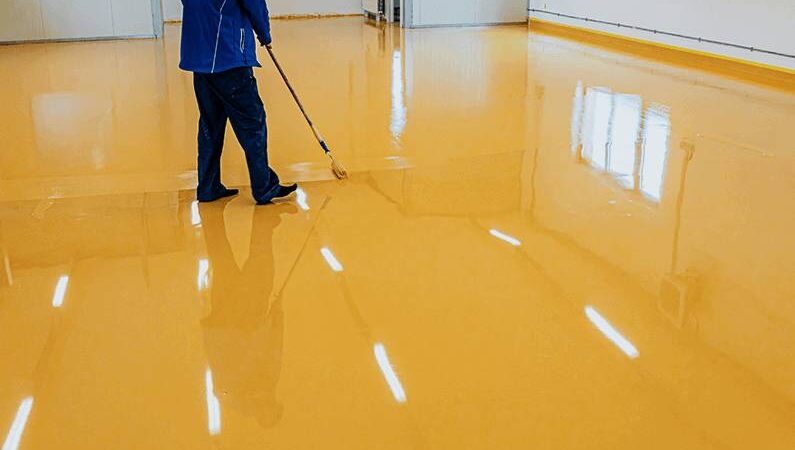Mold Development in Cold Temperatures: Common Wintertime Factors

Many people mistakenly assume that mold issues disappear when the weather cools, since this is the common perception among homeowners. Mold growth may be affected by temperature, but regardless of the season, it is always a problem. So are you wondering What temperature kills mold? Then read on.
Damage to your home’s structure and health issues for you and your family are both possible outcomes of mold development on interior surfaces. It’s important to know how and where mold may grow in your home all year round, not just during the winter. Keep reading to find out the solutions to the five most often asked concerns concerning winter mold.
Does mold need hot weather to flourish?
The short response is “yes.” Mold can only grow if the following conditions are met: the right combination of moisture, food, and heat. However, contrary to popular assumption, mold may even grow in cold environments.
Mold comes in a wide variety of species, and each one has its ideal conditions for growth. In the colder months, some molds seem to flourish more than others. The best temperature range for the formation of any species of mold is somewhere between 60 and 80 degrees Fahrenheit, however many distinct types of fungus are most effective at temperatures between these two extremes. Unfortunately, the ranges of heat and cold that are most conducive to mold growth are also ideal for human comfort, so we prefer to keep our homes at or near those temperatures.
Is the mold life cycle seasonal?
Mold may continue to thrive even at sub-zero temperatures. The spores of mold are opportunistic in the sense that they wait for just the right conditions before they begin to spread.
Extreme heat will not destroy mold, but it might render it dormant. Mold spores can survive temperatures below freezing; they just enter a dormant phase and begin reproduction and development once the weather warms up again.
This means that controlling the temperature alone won’t be sufficient to get rid of the mold in your house. If you want to get rid of mold and keep it out of your home for good, controlling the humidity and stopping water buildup are crucial. So Does cold kill mold?
When it’s chilly outdoors, why does mold grow on windows?
Surfaces in our homes that collect moisture, like window glass, may be fertile ground for the growth and spread of mold. Autumn and winter, when precipitation and dew are more abundant, are ideal times for mold development.
Moisture condenses on windows and their frames in the winter because warm air cools down upon contact with the glass. Because of the temperature difference between the interior and exterior of your home, condensation forms on the chilly window panes throughout the winter months. This pattern persists all through the cold season. Because of this, moisture and even mold are more likely to grow around windows in the winter. As you Learn about mold remediation, you can have a proper idea about the same.
Conclusion
The bothersome symptoms of mold allergies might include sneezing, a runny nose, a cough, and itchy eyes, nose, throat, and skin. Mold allergies may manifest with watery eyes. Asthma sufferers who are especially sensitive to mold may also have flare-ups when exposed to mold.
Infographic created by ISI Building Products, Offering Crawl Space Vapor Barrier Engineered with Long-Term Durability in Mind







